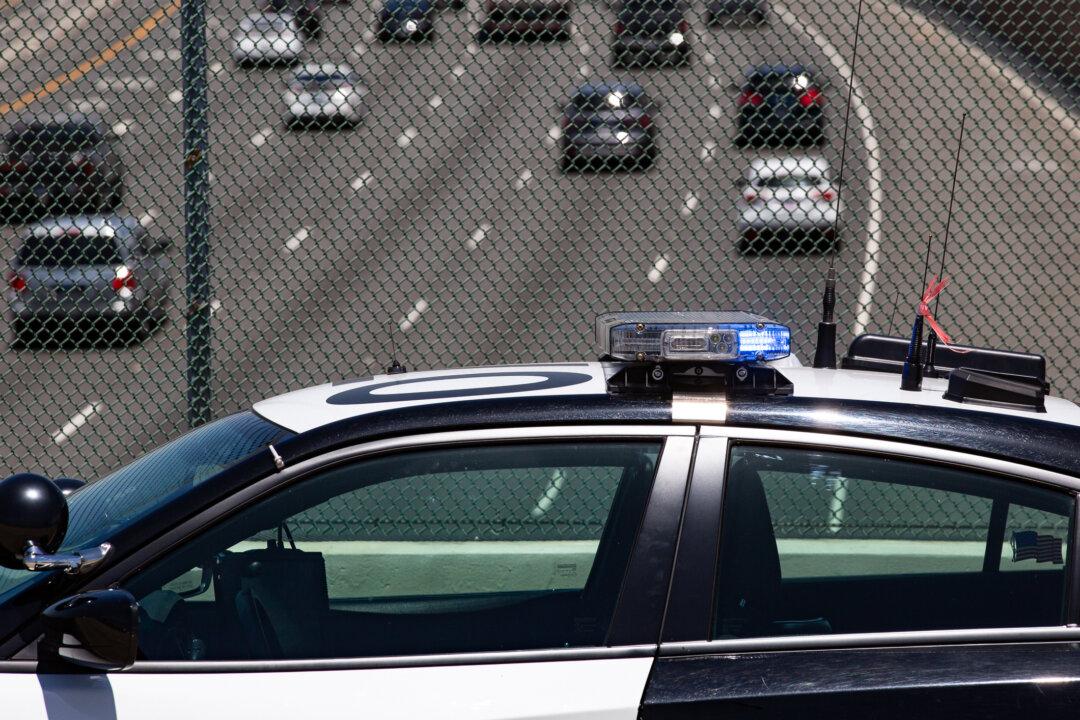Researchers are analyzing road rage so that they can train self-driving vehicles to respond to aggressive driving.
Research conducted by the University of Warwick, United Kingdom, found that aggressive drivers had a 5 km/h (3.11 mph) faster speed than their non-aggressive counterparts. They also made more mistakes, like not indicating when changing lanes.





